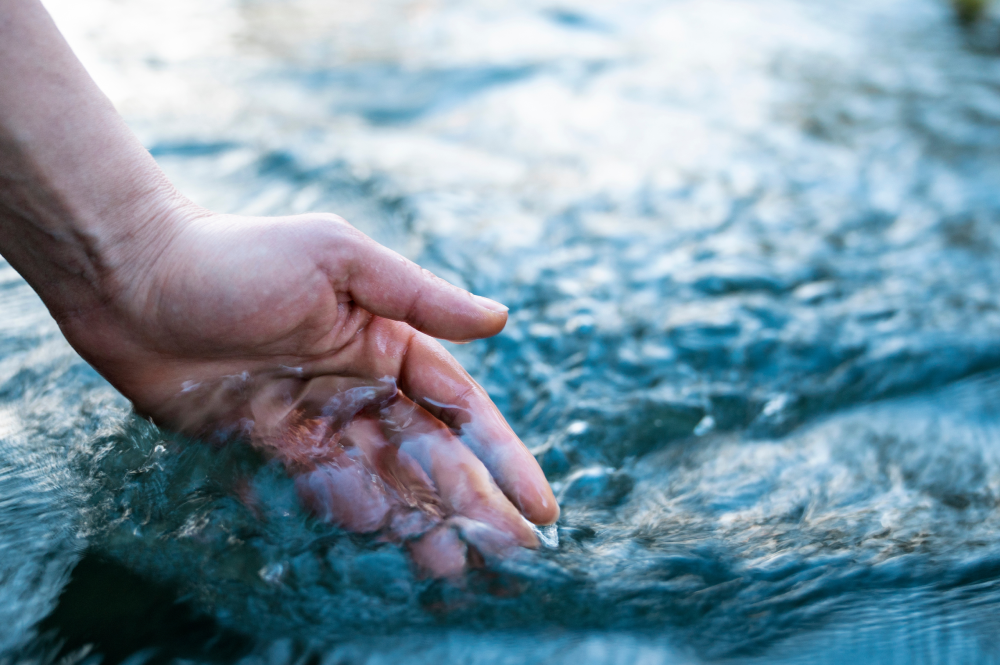Waters Role On The Path To Net Zero

When we think of reducing carbon emissions, water usage is often overlooked. However, water consumption plays a large part in our carbon emissions, and being wiser on water can help organisations to deliver net zero.
How Does Water Contribute to Emissions?
Before tackling water usage, it’s important to know how water contributes to our emissions. This requires us to look at the whole process that water takes before ending up in our taps:
- Electricity – electricity is used during the water treatment process.
- Process Emissions – methane and nitrous oxide are released during the water and sewage treatment process. This alone makes up a significant proportion of an organisation’s carbon footprint.
- Natural Gas & Gas Oil – used for some wastewater treatment processes and to heat the buildings used to do so.
Measuring Carbon Usage
There are carbon emissions linked to each cubic metre (1,000 litres) of water you use in your organisation. There is approximately 0.149kg CO2e released for each 1,000 litres of water used.
Estimated emissions from fuel combustion and products used in industrial and commercial sectors account for 17% of the UK’s net greenhouse gas emissions – with the public sector alone contributing 10%.
Simple steps can be used to reduce the impact your organisation is having on the environment.
Simple Ways to Reduce Water Usage
There are some obvious and easy ways to reduce water usage and the carbon that processing this water emits.
Within Your Business Offices
In your company kitchens, it’s a good idea to boil only the water that you need in the kettle when making drinks. As hot water costs 2-4 times more than cold water, cutting hot water usage can have a direct impact on energy costs.
In the bathroom, water efficient taps reduce flow rates, helping you to use less water. There are also water-saving devices available for toilet cisterns, which can help you save up to three litres of water every time you flush the toilet. Touchless taps are also a great way to both improve hygiene and save water by turning off the water flow whilst you wash your hands with soap.
Depending on your business you could also install a waterbutt to collect rainwater – these can hold up to 200 litres of water which can then be used to water plants.
Consider Recycled Water
Switching to recycled water can save you money as well as help to reduce carbon emissions and cut energy output. Manufacturers collect stormwater and wastewater and clean it, then return it for use in individual businesses.
Tracking Water Usage
We’ve all heard of electricity meters, but water meters are the new essential. Data loggers on water meters feed updates to an online portal that allows you to manage your water consumption. This also helps you to identify any problems – such as leaking taps that could be causing you to be losing (and using) unnecessary water – that will not only cost you financially but in carbon emissions too.
Taking a closer look at what water you use each month and noting meter readings allows you to track your usage and spot water wastage early on.
With the warmer summer months ahead, it is worth reviewing your water usage and to put in place steps that can help you to reduce your consumption. Not only will this help you on your journey towards net zero, but it will allow your organisation to publicise your journey towards improved water stewardship.


